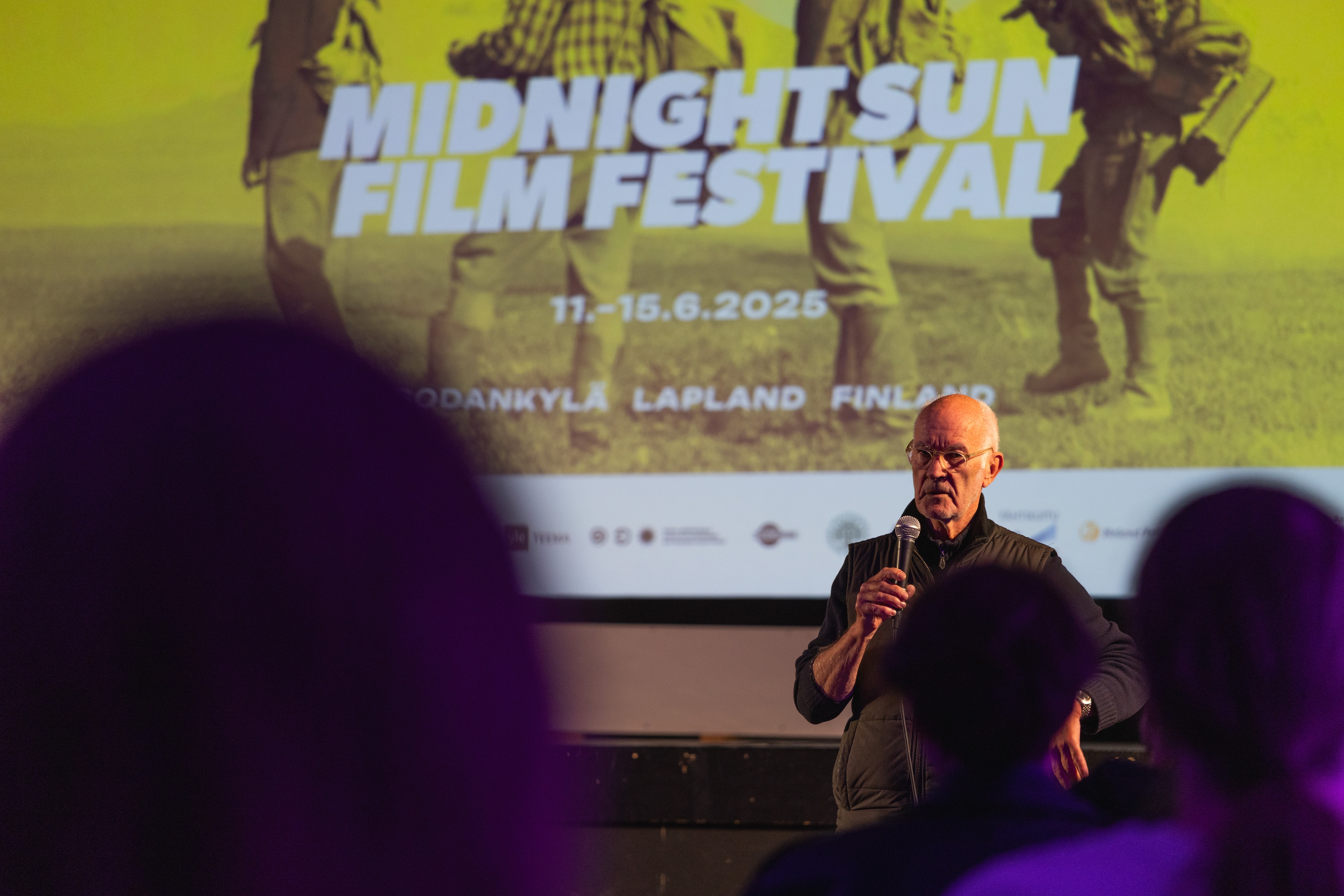The first film that director and writer Chris Petit remembers seeing was the musical Hans Christian Andersen (1952). He recalls wanting to leave halfway through because, as a child, he didn’t like the lead actor, Danny Kaye.
Petit began his career as an ad salesman for the London-based cultural magazine Time Out, eventually progressing to writing film reviews for the publication. He believes he got the chance to work as a film critic because he knew how to use a typewriter — a skill, rare for men at the time, that he had learned from his mother.
He got to know London in a new way by visiting small cinemas in the suburbs.
“Time Out in those days was a very good cultural bible in terms of getting to know London, it was punchy, gave you a kind of map of films to see in London, I went to suburbs to see films in obscure cinemas.”
“The one disclipine they had was that you had only 150 words per review, it was also quite opinionated which pissed off a lot of people.”
Later, Petit secured funding for a screenplay that became his directorial debut, Radio On (1979). The film, which follows a road trip from London to Bristol, has gained cult status, particularly due to its striking cinematography and soundtrack.
“Wasn’t that much acting or dialogue going on, so the way the film looked meant that I had to do very little what is known as directing.”
His vision aligned with the vision of cinematographer Martin Schäfer. Schäfer laid down some ground rules before filming began: no excessive lens changes, and absolutely no zoom lenses.
Petit doesn’t describe his artistic career as a success story, but rather as a series of dead ends.
Having published numerous novels, Petit says he turned to writing especially during times when the film industry offered him no opportunities. He recounts that his collaboration with creative partner Iain Sinclair began with a shared love of books. Sinclair sold used books in London — and Petit was a regular customer.
Petit’s latest film, D is for Distance, followed a years-long break from directing.
The central figure of the film is Louis, the child of Petit and co-director Emma Matthews. At age 12, Louis developed epilepsy. His seizures were prolonged and severe. The deeply personal subject also forced Petit to reconsider what aspects of his family’s life could be made public.
“Emma and I, she filmed the seizures because she was told to do this by doctors. We wanted to show that, but at what point do you start to exploit the subject?”
Petit and Matthews raised money for Louis’s much-needed medication through a crowdfunding campaign, for which they created a short video about his condition.
Eventually, the topic became a full-length film. It explores both Louis’s childhood memories — many of which he lost due to his illness — and cultural memory as seen through the eyes of his filmmaker parents.
At the end of the morning discussion, Petit shares that the film he would take with him to a desert island would be Gidget Goes Hawaiian (1961), which has also been featured in the Sodankylä Film Festival program. Petit adds that he doesn’t take “greatest films of all time” lists too seriously.
